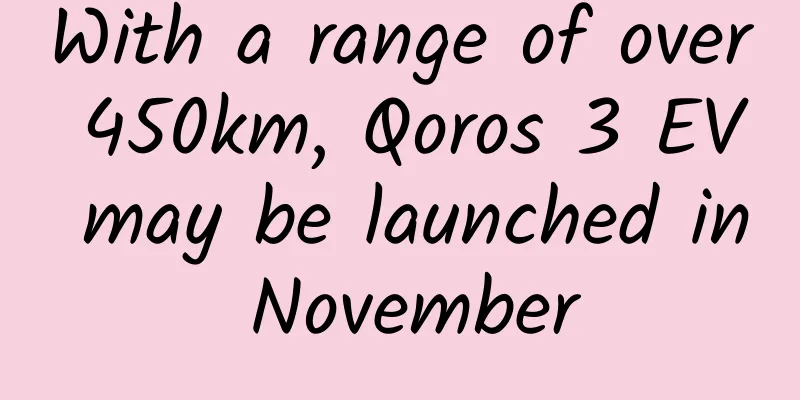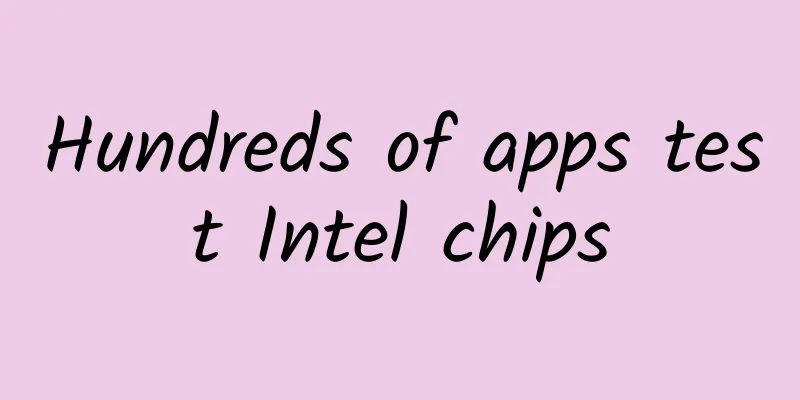Good news: holiday. Bad news: 19 more days of work next year.

|
Audit expert: Zhao Liangyu Associate Professor, Flight Control Department, School of Aeronautics and Astronautics, Beijing Institute of Technology As we count down to the New Year, we say goodbye to the Tiger and welcome the Rabbit. When we look at the New Year's calendar, we find that the Lunar Year of the Rabbit actually has 384 days! How come? The Year of the Rabbit has 384 days in total Source | Xinhua News Agency There are three main types of calendars in the world: the Gregorian calendar, the lunar calendar, and the lunisolar calendar. The Gregorian calendar is based on the Earth's orbit around the sun as one year, and the number of months per year and the number of days per month can be set by the calendar. The lunar calendar is based on the Moon's orbit around the Earth as one month, and the number of months per year can be set by the calendar. The lunisolar calendar combines the Gregorian calendar and the lunar calendar, and sets a leap month to make the number of days in the year equal. At present, the world mainly uses the Gregorian calendar, also known as the solar calendar, the Western calendar, etc. Using a unified calendar is conducive to confirming the time of life and work, such as confirming agreed dates, confirming validity periods, and the regularity of international activities. China is the first country in the world to have an accurate calendar, and the calendar has developed very richly, including the Yin-Yang calendar, the lunar calendar, the Ganzhi calendar, etc. The Year of the Rabbit has 384 days because it is calculated according to the Chinese Yin-Yang calendar. Chinese calendar source | Baidu calendar screenshot Chinese Lunar-Solar Calendar The lunar calendar commonly referred to in China today is a combination of the lunar and solar calendars. It has been in use since the Taichu Calendar (104 BC) by Luoyang Hong and other Shu people in the Western Han Dynasty at the latest. After being reformed by generations of scholars, it is still in use today and is also called the lunar calendar, the Xia calendar, etc. The actual length of a Gregorian calendar year is about 365.24 days, and the actual length of a month is about 29.56 days. In this way, 12 months are actually about 354.37 days, which is less than a Gregorian calendar year. If this continues for a long time, after 10 years, the difference between the two will be more than three months. In order to allow the calendar to take into account the relationship between the sun, the moon and the earth and coordinate the number of days between the two, the "leap year method" was adopted, which is an artificial regulation. The current method of adding leap years is "seven leap years in nineteen years". In every nineteen years, there are twelve ordinary years with twelve months, and seven leap years with thirteen months. One month is added every two to three years to prevent disconnection with the four seasons. Seven leap years in nineteen years Source | CCTV News The Chinese Lunar New Year falls on the first day of the first lunar month in the lunar calendar. The Year of the Rabbit happens to be a leap year, so there are 13 months in a year, and the total number of days in a year becomes 384. lunar calendar The lunar calendar is based on the movement of the moon around the earth. A month is also called a "synodic month", which does not take into account the movement of the earth and the sun. The "new moon" is the first day of the month, when the moon is not visible; the "full moon" is the fifteenth or sixteenth day of the month, when the moon is at its fullest; the "dark moon" is the last day of the month, when the moon is also not visible. Source of moon phase changes: Baidu Encyclopedia Although the lunar calendar does not reflect the changes of the four seasons, it can reflect the changes in tides and guide maritime activities. Tidal phenomena are affected by the gravitational pull of the sun and the moon, with the moon playing a dominant role. On the new moon and full moon, "high tides" occur; on the waxing or waning moon, the gravitational pulls of the two cancel each other out, resulting in "low tides". On the new moon day, the sun and the moon are on the same side of the earth, and the tidal gravitational force is the strongest; on the full moon day, the sun and the moon are on opposite sides of the earth, and the gravitational forces pull on each other, which can easily form a "high tide". Source of the Qiantang River Tide on August 18, 2020 | China News Service The lunar calendar is also divided into long and short months, with long months lasting 30 days and short months lasting 29 days. The cycle of a synodic month is 29.56 days, so the actual moon phase (new moon) is used to estimate the new moon day each month, which was called "fixing the new moon" in ancient times. When December is a short month, New Year's Eve will "quietly disappear", and go directly from the 29th day of the 12th lunar month to the first day of the first lunar month! Gregorian calendar The Gregorian calendar is the calendar used worldwide. It is also called the Western calendar or the solar calendar because it originated in the West. It takes the time for the earth to orbit the sun as one year, which is about 365.24 days. A long month has 31 days, a short month has 30 days, and February is a 28-day month. After four years, there will be an extra day, which will be placed in February of that year. The Gregorian calendar is derived from the Julian calendar. A year is divided into 12 months, alternating between long and short months. A leap year is added every four years, with 365 days in a common year and 366 days in a leap year, so the average length of a year is 365.25 days. In actual use, the accumulated errors became larger and larger over time. In 1582, Pope Gregory XIII promulgated and implemented the Gregorian calendar, which was improved on the basis of the Julian calendar and is now the Gregorian calendar. On January 1, 2023, an enhanced version of the "A Symphony of Lights" fireworks display was staged at Victoria Harbour in Hong Kong. Source | Photo by Xinhua News Agency reporter Chen Duo January 1st of the Gregorian calendar is New Year's Day, which is called "New Year" in most countries. After the Xinhai Revolution, my country began to use the Gregorian calendar (actually used in 1912), and designated January 1st of the Gregorian calendar as "New Year". In 1949, the People's Republic of China used January 1st of the Gregorian calendar as New Year's Day, also known as the Gregorian calendar year, the Gregorian calendar year, etc., to distinguish it from the Spring Festival. Ganzhi calendar China has been an agricultural country since ancient times, and people need to use time to guide their farming work. Therefore, China also has a very profound calendar, called the Ganzhi calendar. The ancient Chinese believed that the rise and fall of all things follow a law and can be deduced. The Ganzhi calendar is the culmination of the ancient Chinese people's observation and deduction of the universe and astrology. It uses the combination of heavenly stems and earthly branches to mark time and is a calendar that fully conforms to the laws of astronomy. Origin of the Heavenly Stems and Earthly Branches and the Sixty Jiazi | Baidu Encyclopedia The Ganzhi calendar divides a year into twelve months according to the direction of the rotation of the handle of the Big Dipper, called the "Twelve Months". Each month corresponds to an earthly branch, with the first month being the Yin month, the second month being the Mao month, and so on. The beginning of spring is the first day of the year, and this month is also the first month of the year. The number of days in each month is divided by the twenty-four solar terms, including two solar terms, and the first day of each month is the beginning of the festival. There is no leap month. The year, month, and day of the Ganzhi calendar are all determined by astronomical phenomena, without human intervention, so it can accurately reflect the farming season. Source of the Song of the 24 Solar Terms | Appendix to the 11th edition of the Xinhua Dictionary In ancient times, the "Lichun" solar term was used as the beginning of the year. After the reforms of various dynasties, it was not until the Xinhai Revolution that January 1 of the Gregorian calendar was determined to be New Year's Day and the first day of the first lunar month was determined to be the Spring Festival. Nowadays, the Ganzhi calendar is not used much in life, but it has a very important function, which is to determine the zodiac sign. The zodiac signs are not divided according to the Spring Festival of the Yin-Yang calendar, but according to the Ganzhi calendar. The "Lichun" solar term of each year is the beginning of the next zodiac sign. Therefore, friends who were born at the beginning of the year, hurry up and check whether your zodiac sign is correct! Sources of the attributes of the twelve zodiac signs | Baidu Encyclopedia Many nations in the world have developed and improved their own calendars based on their own living cultures, such as the Indian calendar, the Jewish calendar, the Islamic calendar, etc. The Chinese calendar itself has also been passed down through thousands of years of research and improvement. They are the cultural embodiment of different nations and the profound wisdom of the world's ancient civilizations. |
<<: Painting Story | Over the years, humans have had misunderstandings about rabbits...
>>: Do you have these New Year food customs at home?
Recommend
When connected to Wi-Fi, will the data flow still be "stolen"?
Many friends have always had a question: when the...
How can the education industry improve overall customer acquisition results?
China's education industry is entering a gold...
The United States investigates Tesla cars. Car accident analysis shows that automatic driving has hidden dangers and cannot recognize lights
Tesla is one of the most well-known autonomous dr...
Do I need to care about these small particles growing around my eyes?
The skin around the eyes is relatively fragile an...
NDRC fined Qualcomm 6.1 billion yuan and required Qualcomm to make five rectifications
Fine of 6.1 billion yuan In the early morning of ...
Billionaire found his son who had been missing for 25 years. The facial recognition technology behind it is amazing!
A few days ago, a topic about "Billionaire f...
There are 4,500 tons of crumbling space junk hanging precariously above our heads. What is the probability that it will hit you or me?
On the afternoon of December 30, 2024, as people ...
Can you get infected with influenza B after influenza A? Actually, there is no need for "after", and the person who infected you is still treating you...
Recently there is a topic called #Can influenza A...
Short video account restricted? How to solve it?
I don’t know if you have ever had the headache of...
What is the core of information flow? Social content!
Don't use bidding thinking to place informati...
Some tips for becoming a hardcore programmer
Becoming a core programmer or technical role mode...
Ten techniques to teach you how to create a "10w+" title
This is an era of "information explosion&quo...
60-day SEO training course to build millions of traffic
This course is suitable for practitioners who hav...
There are fruits shaped like black pearls falling on the road. Don’t touch them, get out of the way!
Be careful when going out recently. Some fruits s...
For mobile phone system updates, you must know these knowledge points
Whether it is an Android phone or an IOS phone, t...









